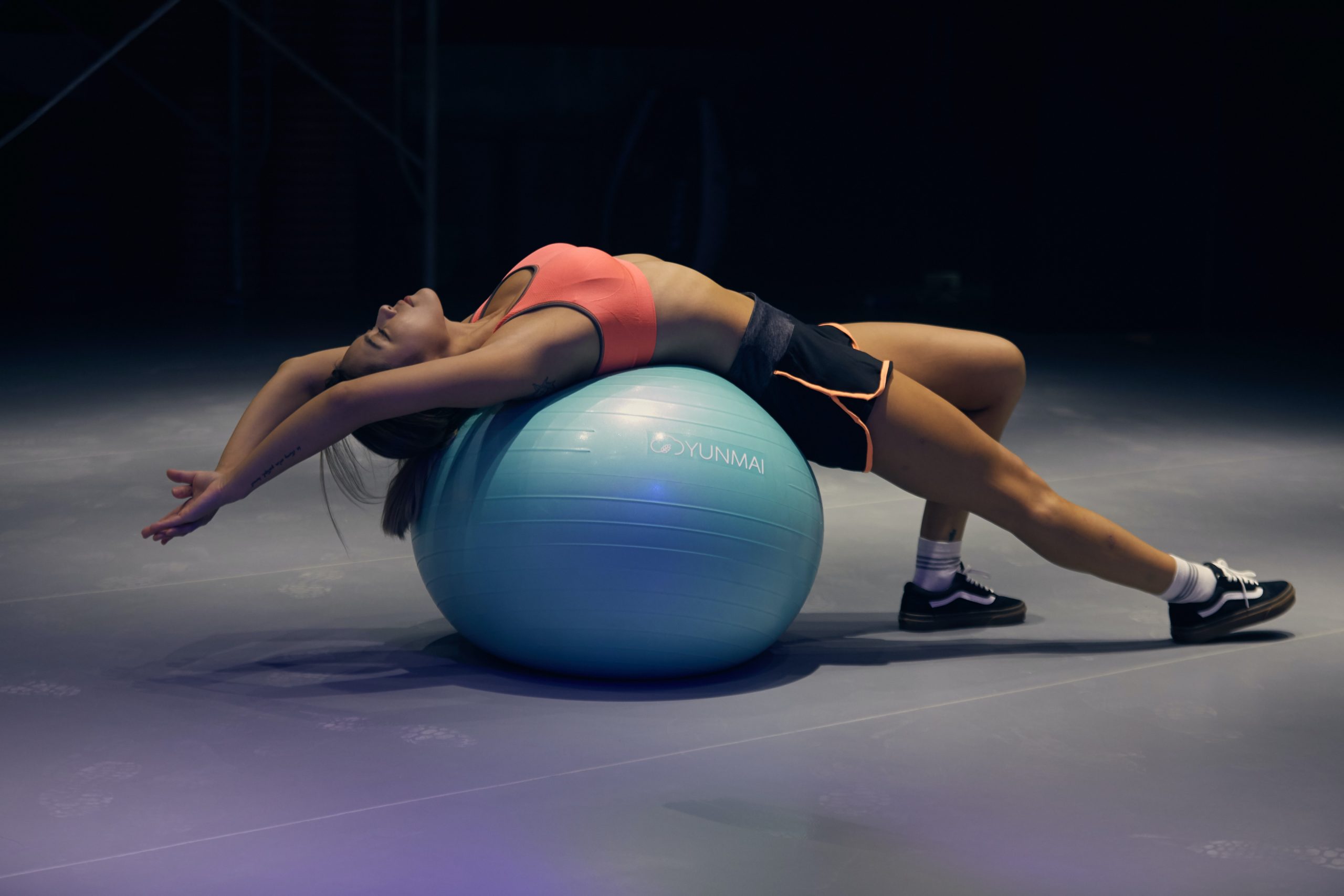Are you tired of the same old workout routine? Do you want to see results faster than ever before? Look no further than circuit training! This high-intensity, full-body workout is a game-changer for anyone looking to shake up their fitness regimen and get real results. But what exactly is circuit training, and how can you make it work for you? In this post, we’ll cover everything you need to know about circuit training 101 – from what it is and why it’s so effective, to tips for getting started and designing your own circuits. Let’s jump in!
What is Circuit Training?
A circuit is a series of exercises that activate different muscle groups in your body. When done correctly, circuit training results in improved overall fitness and fat loss. Circuit training can be done at home with simple equipment, or you can find gyms with more specialized equipment.
To begin a circuit, choose an exercise from the list below. Perform all of the exercises as a complete set before moving on to the next one.
1) jumping jacks: Start by standing with your feet together and both arms out to the side, palms down. Jump up and forward so that both legs are in the air at the same time. Land softly back on to the ground and repeat.
2) burpees: Jump onto a bench with your feet hip-width apart and hands behind your head. Bend your knees slightly and jump up, planting your feet into the bench as you go airborne. Reach down and grab hold of your ankles for balance as you fall back down to the ground (you may want to use an elevated surface if available). Force yourself up again and repeat.
3) squats: Lie face down on an incline bench with feet flat on the ground shoulder-width apart, arms extended overhead. Drive your heels into the ground, pressing straight upward while keeping your torso stationary (don’t twist!). Hold this position for two seconds before lowering yourself back down to starting position.
How Does Circuit Training Work?
1. Circuit training is a type of physical activity that uses a variety of exercises to work your entire body. The goal is to complete a series of exercises that provide a high level of fitness and conditioning.
2. There are different types of circuit training, including high-intensity intervals, low-impact cardio, and resistance circuits. You can tailor your circuit training routine to match your specific fitness goals.
3. Circuit training can be performed at home or in a gym setting. It’s important to find the right frequency, intensity, and duration for you so you can achieve the desired results.
4. To get the most out of circuit training, it’s important to have a well-planned plan and plenty of motivation. Start by researching the different types of circuits and choosing one that best suits your needs. Then create an effective routine that fits around your busy schedule. Reward yourself with delicious post-workout treats!
Types of Circuit Training
1. Types of Circuit Training
There are a few different types of circuit training, but each one has its own set of benefits.
HIIT (High-Intensity Interval Training) is a type of circuit training that involves short, intense bursts of exercise. HIIT workouts are popular for their ability to quickly burn calories and increase endurance.
Pilates is another type of circuit training that uses your body weight to move equipment around the room. Pilates helps improve your flexibility and balance, as well as your cardiovascular fitness.
Circuit training can also be divided into functional fitness circuits and overall fitness circuits. Functional fitness circuits focus on specific exercises that work multiple muscle groups at once. Overall fitness circuits are designed to help boost your overall fitness level, regardless of whether or not you have specific exercises that target specific muscle groups.
What to Wear When Doing Circuit Training
If you’re looking to get results from your circuit training, you need to know what to wear. Here are five key tips for getting the most out of your workout:
1. Wear Comfortable Clothing
Start out by wearing clothing that you feel comfortable in. You’ll want something that will keep you cool and provide decent ventilation if it’s hot outside. If it’s a bit cold outside, layer up!
2. Wear Athletic Gear
When wearing athletic gear, make sure it’s fitted properly and is designed for circuit training. This will help protect your muscles from injury and give you the support you need as you work out. Some things to look for when choosing athletic gear include breathability, compression, and stability.
3. Use the Right Equipment
Some equipment, like resistance bands or spin bikes, can be used with or without athletic gear. If using athletic gear is required, make sure to choose the right type of kit and fit it properly according to your body type and fitness level. For example, if you’re a beginner, use lighter weight equipment until you’re more experienced with circuit training.
4. Make Sure Your Environment Is conducive to Training
Make sure your environment is as conducive as possible to training—this includes avoiding distractions such as noise pollution or bright lights that could interfere with your concentration during the workout. The best time to work out is early in the morning or late at night when there aren’t many people around and the
Conclusion
If you’re looking to build muscle, burn calories, and improve your fitness level, circuit training is a great way to start. In this article, we’ll outline the basics of circuit training and show you how it can help you achieve your fitness goals. By following these tips, you’ll be able to work your muscles in an intense but sustained manner and see real results. So don’t delay: start working out with circuit training today!










